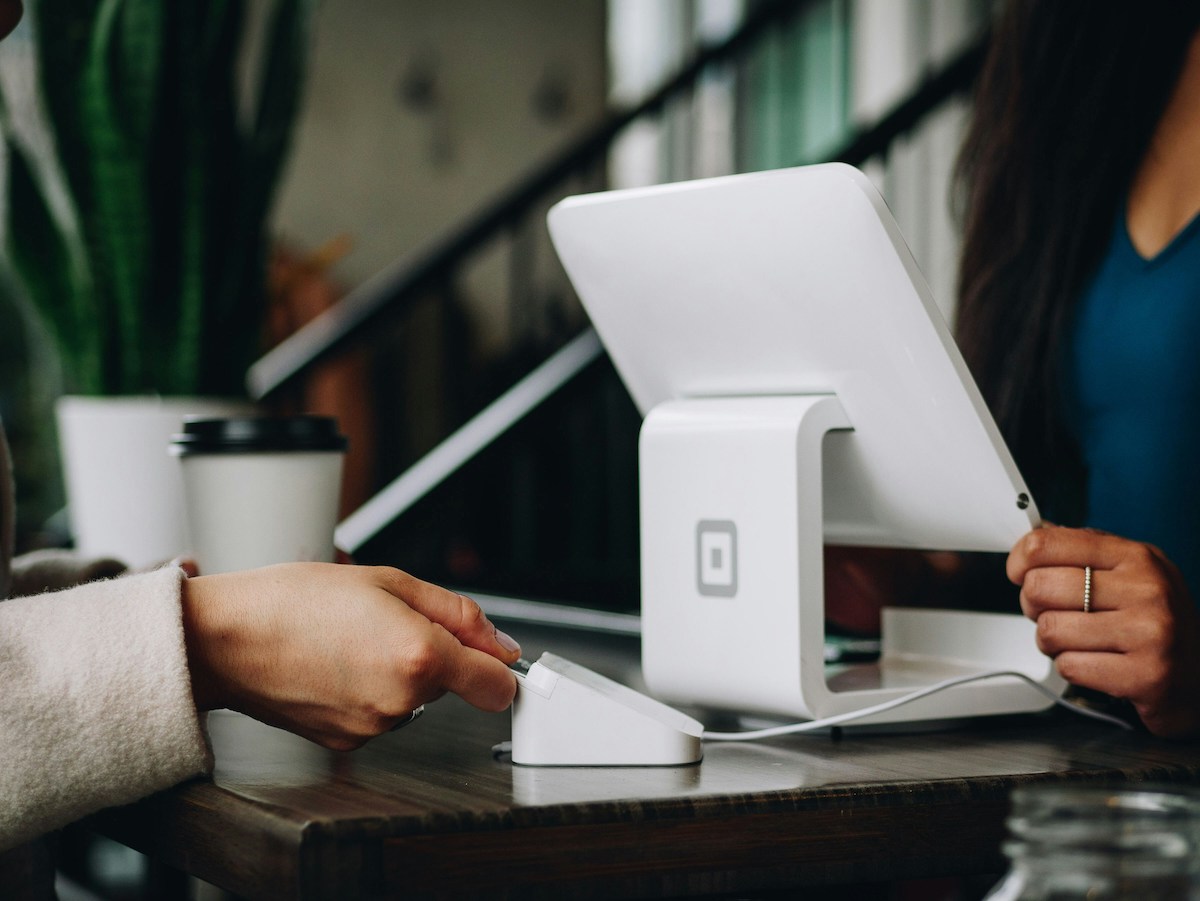Registering for VAT as a small business has a myriad of benefits; not only does VAT registration enhance your credibility, but can offer cash flow advantages, ensures compliance and prepares you for future growth. It’s crucial to understand the various VAT rates and schemes available before applying, and in this guide we provide you with exactly that.
What Is VAT?
Value Added Tax (VAT) is a consumption tax levied on goods and services at each stage of production and distribution. Although VAT is borne by the end consumer, it is collected incrementally at each stage of the supply chain where value is added, unlike sales tax, for example, which is only collected at the final point of sale.
Businesses charge VAT on their sales and can reclaim VAT they pay on their purchases, often referred to as output and input tax. This system of tax credit is designed to prevent double taxation and ensures that the total VAT paid reflects the final consumer price. The standard rate of VAT is usually 20%.
The Basics
- VAT is paid when you purchase raw materials, stock or services
- VAT is charged when you sell goods or services to customers
If you’re liable to pay VAT, you must ensure that you’re charging the applicable rate on the goods or services you provide, paying the VAT collected to HMRC every quarter. If you’ve paid more VAT than you’ve charged, usually HMRC will cover the difference.


VAT Rates
Standard Rate: The default rate applied to most goods and services (20%).
Reduced Rate: A lower rate applied to certain goods and services, such as energy-saving products or children’s car seats (5%).
Zero Rate: Applied to essential goods and services. Zero-rated supplies are taxable but at a 0% rate, meaning businesses can reclaim VAT on related purchases.
Types of Supplies
Taxable Supplies: Most goods and services sold by businesses.
Exempt Supplies: Certain financial services, education, and healthcare services.
Zero-rated Supplies: Most food items, children’s clothing, and books.
Do I Need To Register For VAT?
Compulsory Registration – If you’re a UK business and your VAT taxable turnover across the past twelve months exceeds £90,000 then you are obligated to register for VAT.
Voluntary Registration – Businesses with a turnover below the threshold can choose to register voluntarily, which can be beneficial for reclaiming VAT on purchases and enhancing business credibility.
Common VAT Schemes for Small Businesses
Flat Rate Scheme
This is a simplified VAT scheme for businesses, as you don’t need to work out how much VAT you can claim back on purchases. Instead, you pay a fixed percentage of your turnover as VAT. The downside to this is that you may result in paying more VAT than under the standard scheme if the fixed VAT for your industry is high.
Eligibility: You can apply for this scheme if you expect your VAT-taxable turnover to be £150,000 or less in the next 12 months.
Cash Accounting Scheme
This scheme is based on cash received and paid rather than invoices issued and received, which can be helpful with cash flow management. However, you may end up waiting longer to reclaim VAT on purchases, as you can only claim this back once you have paid suppliers.
Eligibility: You can apply for this scheme if your estimated VAT taxable turnover is £1.35 million or less in the next 12 months.
Annual Accounting Scheme
This scheme allows you to complete just one VAT Return each year (making interim payments throughout the year) instead of four. This is suitable if you prefer less frequent filing. However, if you regularly reclaim VAT this may not be the best-suited scheme as you’ll only be able to claim a refund at the end of the tax year.
Eligibility: You can apply for this scheme if your estimated VAT taxable turnover is £1.35 million or less in the next 12 months.
Understanding Compliance, Penalties and Disputes


Compliance
To remain compliant, you must ensure all VAT returns are submitted accurately and on time. You must also inform the tax authority of any changes in circumstances, such as a change of business address.
Penalties
It’s important to be aware of penalties and interest that can be charged for late submissions or payments. Penalties can also be incurred from incorrect returns, with deliberate fraud resulting in severe penalties which could lead to prosecution.
Appeals and Disputes
If you disagree with a VAT decision, you can appeal to the tax authority or an independent tribunal, however you must submit the appeal within the time limit, which is usually 30 days.
How to Register for VAT
- Determine Your Eligibility – Ensure your business’s taxable turnover exceeds the VAT threshold, unless you plan to register voluntarily.
- Prepare Required Information – Trading name and address, type of business and the date you started trading, estimated and actual turnover, details of any businesses you’ve previously registered for VAT and bank details for VAT repayments.
- Register For VAT – Registering for VAT is simple. Just head to the HMRC website, set up an online account, fill out the application with the required information and select your scheme.
- Receive Your VAT Number – Once registered, you will receive a unique VAT number to include on invoices and VAT returns.


Responsibilities as a VAT Registered Small Business
- Include VAT in the price of all goods and services at the correct rate
- Maintain records of how much VAT you pay for business purchases
- Account for VAT on any goods you import into the UK
- Report the amount of VAT charged to customers and the amount paid to other businesses by sending a VAT return to HMRC (usually every 3 months)
- Pay any VAT owed to HMRC (this is usually the difference between the VAT you’ve paid to other businesses and the VAT you’ve charged to customers)
Your VAT Return
What to Include: Total sales, total purchases, the amount of VAT owed and the amount of VAT reclaimable
When to File: Usually quarterly, though some businesses may file annually or monthly
Deadline: The deadline for your return submission online is usually one month and 7 days after the end of your VAT accounting period.
Payment: The payment deadline is usually the same as the filing deadline, you should ensure the payment is made on time to avoid penalties. You can either set up a direct debit through your business account or pay directly.
Reclaiming VAT
You should include the VAT spent on business purchases on your regular VAT return to reclaim it. Make sure to maintain detailed records of all purchases and related VAT receipts.
Is It Worth Using an Accountant for VAT?
Whilst you don’t necessarily need an accountancy firm to handle your VAT, it can be incredibly beneficial. Common mistakes small businesses often make when it comes to VAT include:
- Charging the wrong VAT rate on goods or services (e.g. applying standard rate instead of the reduced rate)
- Poor record keeping of invoices, receipts and transactions which can lead to inaccurate returns and compliance issues
- Incorrectly categories goods or services as exempted or zero-rated, which can lead to VAT underpayment
- Failing to reclaim VAT on eligible expenses or incorrectly calculating input tax.
Mistakes are easily made when it comes to VAT, which can affect your profit margin, however if the mistake happens to be severe it could result in an investigation from HMRC. With us on board, we offer proactive advice to help optimise your position, identify opportunities to reclaim and minimise the risk of penalties.
Ready to get the ball rolling? Click here for your instant quote.

